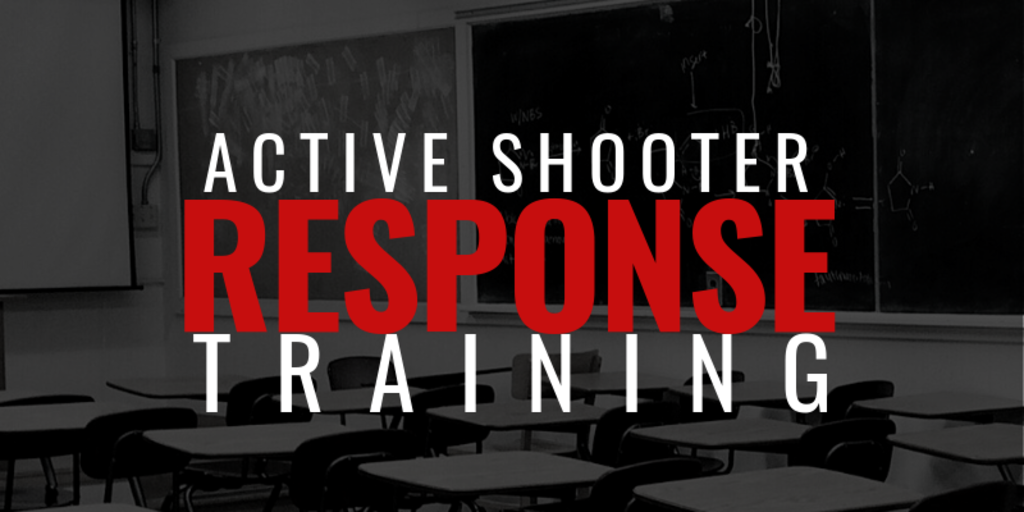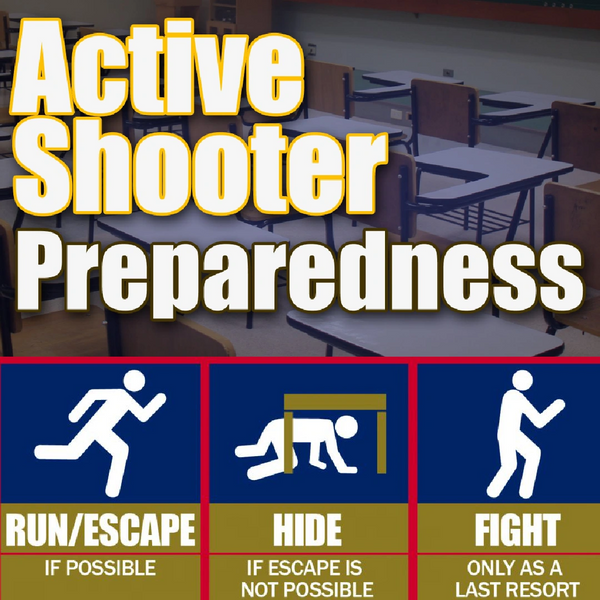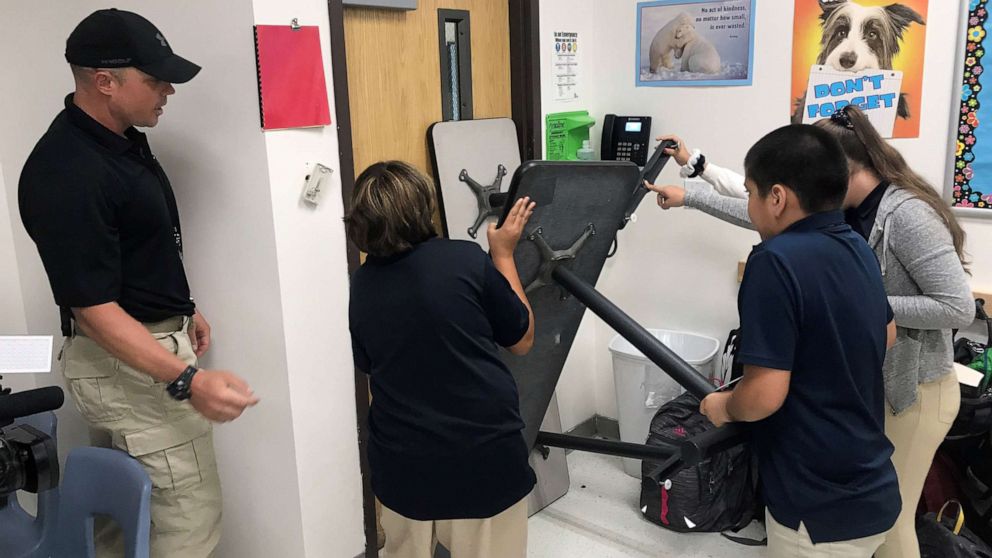Best Practices for Implementing Active Shooter Training in Your Company
Best Practices for Implementing Active Shooter Training in Your Company
Blog Article
Checking Out the Key Elements and Objectives of Efficient Active Shooter Training Programs
Energetic shooter training programs are important in gearing up people and companies with the necessary abilities to respond properly to potential threats. These programs integrate crucial components, such as the "Run, Hide, Battle" technique, sensible situation simulations, and interaction methods, fostering an environment of preparedness. In addition, they highlight mental strength to assist individuals browse high-stress circumstances. As we explore the complexities of these training programs, it comes to be noticeable that recognizing their comprehensive nature is essential to enhancing security actions and action capabilities. What certain elements absolutely specify their performance?
Relevance of Active Shooter Training
Energetic shooter training programs are crucial for improving readiness and action despite prospective threats. These programs aim to equip people, companies, and neighborhoods with the understanding and skills essential to effectively react to energetic shooter circumstances. The increasing frequency and extent of such cases emphasize the relevance of positive steps, as timely and enlightened feedbacks can dramatically minimize injury.

Furthermore, these programs can help reduce the stress and anxiety and concern that often go along with conversations about prospective dangers. By providing structured support and practical methods, people obtain self-confidence in their capacity to react suitably. Ultimately, the importance of energetic shooter training hinges on its prospective to conserve lives, lower injuries, and grow a prepared and resilient community with the ability of dealing with unforeseen challenges.
Key Parts of Training Programs
Effective active shooter training programs normally integrate several key components designed to prepare individuals for real-world scenarios. The initial part is thorough education on the nature of energetic shooter occurrences, including statistics, instance studies, and psychological factors that influence aggressors. This theoretical structure is crucial for cultivating understanding and understanding amongst individuals.
Next, programs typically consist of training on individual security steps, highlighting the "Run, Hide, Fight" strategy. Individuals find out just how to examine their setting, make fast decisions, and take proper actions throughout a dilemma. In addition, the addition of efficient communication skills is vital, as participants must recognize exactly how to report incidents and share crucial information with regulation enforcement.
One more crucial element is the involvement of police or safety and security experts, who supply insights right into tactical reactions and the importance of collaboration throughout a crisis. Programs should attend to the emotional after-effects of an energetic shooter situation, using approaches for coping and recuperation.
Lastly, recurring training and correspondence course are critical to guarantee that expertise stays existing and participants feel confident in their capabilities. With each other, these vital parts create a well-shaped training program that outfits individuals to respond effectively to an active shooter occasion.
Realistic Circumstance Simulations
Realistic scenario simulations are a crucial element of active shooter training programs, offering participants with the chance to participate in hands-on method that mirrors possible real-life situations. These simulations improve the training experience by developing an immersive environment where individuals can apply academic knowledge in practical setups.
With the usage of role-playing, simulated circumstances, and specialized training facilities, participants experience the immediate obstacles and stress factors associated with an active shooter occurrence. This technique of training promotes fast decision-making, teamwork, and the application of safety and security protocols under pressure. It enables responders to create essential skills such as situational awareness, danger evaluation, and effective evacuation treatments.
Moreover, realistic simulations help to determine prospective weak points in individuals' reactions, allowing trainers to provide targeted responses and enhance overall readiness. The consolidation of varying circumstances, including various places and attacker accounts, further enhances the training experience, guaranteeing that participants are well-appointed to deal with a series of possible situations.
Inevitably, these simulations serve not just to instruct however also to develop confidence amongst individuals, cultivating a feeling of readiness that is essential for efficient emergency action in the face of an energetic shooter danger. active shooter training.
Communication Methods in Training
Clear communication is crucial in energetic shooter get redirected here training programs, as it directly influences the efficiency of reaction initiatives during a dilemma. Training individuals have to understand the procedures and treatments that will certainly lead their activities if faced with an active shooter scenario. Developing clear lines of communication ensures that all individuals included can relay info without delay and accurately.

Additionally, training programs must stress the importance of energetic listening. Inevitably, effective interaction approaches are essential for preparing people to respond decisively and cohesively in the face of an energetic shooter case.
Emotional Readiness Methods
Psychological readiness techniques are increasingly identified as vital parts of active shooter training programs. These strategies aim to equip individuals with the mental resilience essential to respond properly in high-stress scenarios. By fostering a mindset attuned to potential dangers, participants can much better take care of worry, stress and anxiety, and complication during important incidents.
Key mental preparedness methods consist of scenario-based training and stress shot workouts. Scenario-based training submerses participants in sensible simulations that simulate the chaos of Check This Out an active shooter event, enabling them to exercise decision-making under stress. This direct exposure helps build experience with emergency situation protocols, enhancing instinctual reactions.
Stress and anxiety inoculation involves gradual exposure to stress-inducing circumstances, enabling people to create coping devices. This can include breathing exercises, visualization methods, and cognitive restructuring to reframe unfavorable thoughts. By incorporating these strategies, training programs can cultivate a feeling of self-confidence and control, which is essential in situation scenarios.
Moreover, post-incident mental support is essential to deal with the emotional after-effects of an energetic shooter event. Integrating psychological wellness sources right into training programs not just prepares people for immediate feedbacks however also advertises long-lasting psychological wellness, inevitably adding to a safer and extra resistant atmosphere.
Final Thought

Report this page